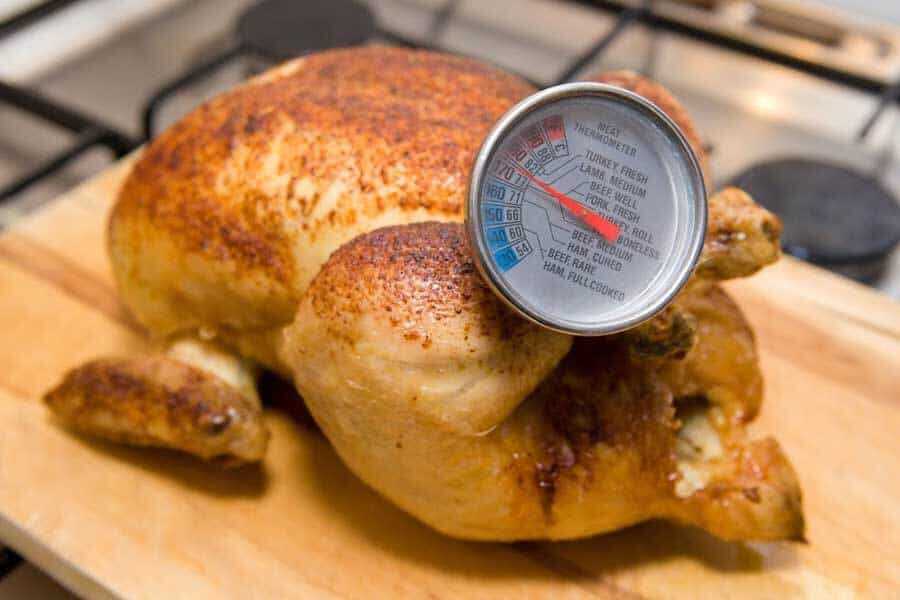
About Salmonella
Salmonella is a genus of bacteria, commonly called salmonella, belonging to the Enterobacteriaceae family, and has been known for more than a century.
The intestinal tract of humans and animals is the main natural reservoir of this pathogen, with foods of avian origin being important routes of transmission. This occurs because chicken meat is rich in proteins and fats, has a high aw – aqueous activity – and, therefore, tends to suffer PSE (pale, soft and exudative meat), with a neutral pH, transforming it into a meat with high microbial risk. Salmonella spp. is a common bacteria in eggs and chickens, and survives at high temperatures. The main risk of contracting it occurs when inadequately cooked chicken is consumed, which is the same reason as one of the main causes of outbreaks of foodborne diseases (WANG et al., 1996).
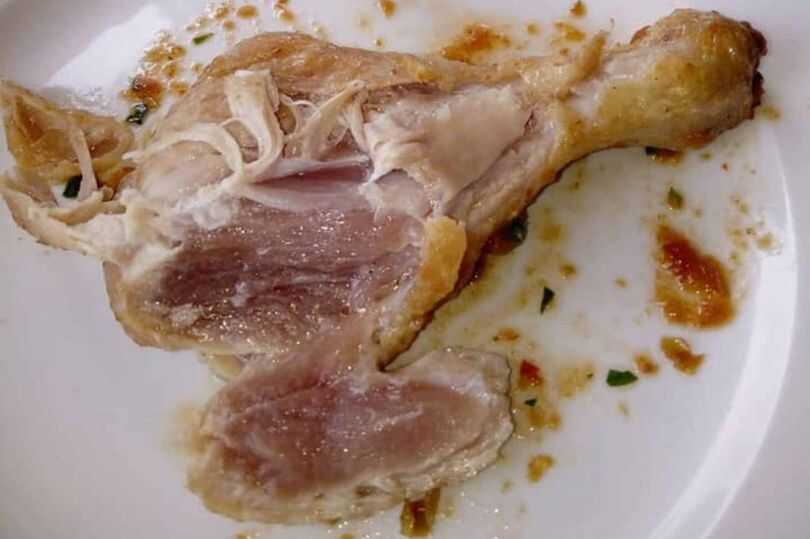
Salmonella It is a risk for the consumer because the spread has been increased nowadays by the change in the population's eating habits. The need to increase food production often does not take into account good manufacturing practices. Good manufacturing practices include care of raw materials, manufacturing, storage, transportation and preparation. End consumers often also neglect storage and care while they are responsible for taking care of the product.

A main source of contamination comes from restaurants or fast food establishments, according to what was published by the Centers for Disease Control and Prevention (CDC) between 1998 and 2000.
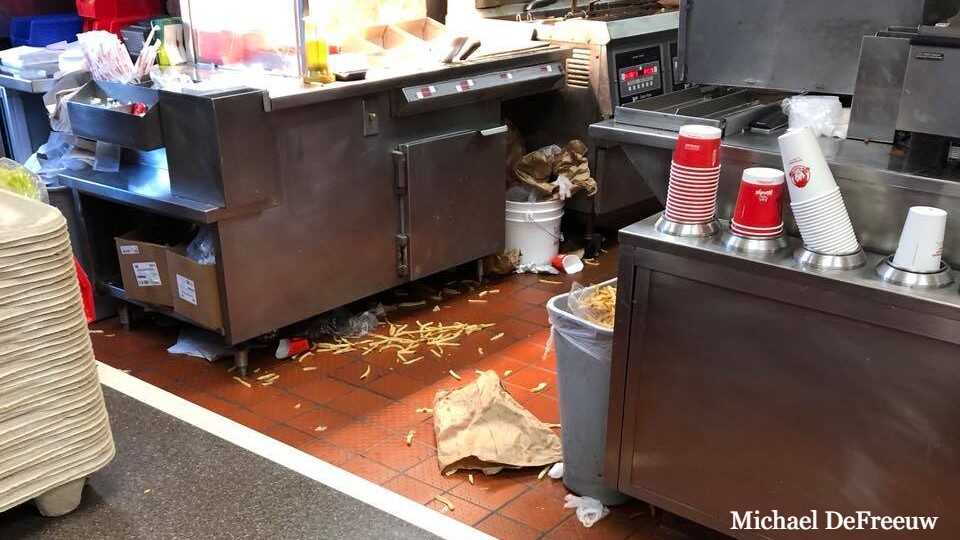
Salmonellosis
Salmonellosis is the name given to the symptomatic infection caused by Salmonella-type bacteria. The most common symptoms are diarrhea, fever, abdominal cramps and vomiting. Symptoms generally begin 12 to 36 hours after exposure and last two to seven days. More severe cases of the disease can cause dehydration.
How to avoid Salmonella
Cooking methods
The survival of the Salmonella in various cooked meat systems, especially chicken, due to its proliferation and constant outbreaks (BAYNE et al., 1965; WILKINSON et al., 1965; BRYAN et al., 1968; BROWN & TWEDT, 1972; GOODFELLOW & BROWN, 1978). The suggested cooking temperature is 74°C to eliminate any presence of Salmonella spp.. The thermal inactivation of this bacteria in the internal structure of the meat tissue could differ according to the cooking method, and the total lethality of this process could be affected by the type of composition of the chicken meat.
Convection oven
The chicken pieces are placed in a convection oven whose air temperature is determined by the type of product being baked, and varies from 75°C to 140°C; air speed can vary from 7 cubic meters per minute to 13 cubic meters/min. Air speed affects heat transfer between the hot air and the surface of the chicken. Thermal conductivity is a material property of chicken meat (MURPHY & MARKS, 1999) and is not directly affected by air speed. During air convection cooking, product temperature and cooking conditions greatly affect the thermal inactivation of pathogens.
Water bath
It consists of submerging the chicken in boiling water for a certain period of time. The water can reach up to 96°C for pasteurization and, in this way, remove any microbial agents. The temperature and time periods will be estimated according to the thickness and depth of the meat and will be subject to constant checking of the internal temperature of the cut.
Frying
The chicken is marinated and floured and then dipped in a mixture of hydrogenated and non-hydrogenated oils in a fryer. The oil is at a temperature of 190°C and the fresh oil is preheated to 190°C for two hours before the chicken is fried. The temperature is controlled with a thermocouple (Copper/Constantan) and the chicken pieces are then removed from the oil so that excess fat from their surface can be removed with the help of absorbent paper.
Conclusion
The increased presence and persistence of microorganisms in chicken – especially Salmonella spp.. – is due to globalization in the world and the transit of bacteria resulting from the export and import of poultry products, as their demand has increased around the planet. Furthermore, as the demand for this product is greater, the cooking time is shorter and the number of birds in the aviaries is greater, which also favors the proliferation of this bacteria. It is essential to know the risk factors and critical control points, but above all, give due importance to the time periods and cooking temperatures, a stage in which the risks of reproduction and survival of this pathogen are greatest.
-
 Curing salt 1R$ 8,00
Curing salt 1R$ 8,00 -
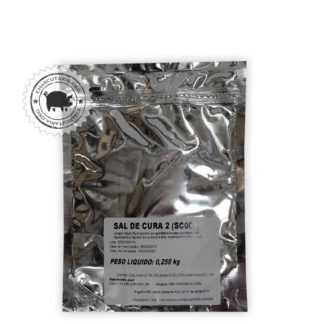 Curing salt 2R$ 8,00
Curing salt 2R$ 8,00 -
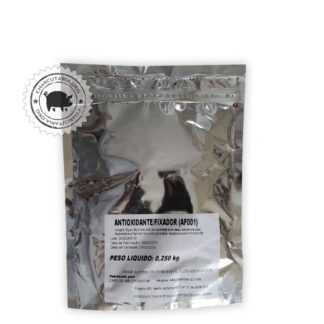 Fixative AntioxidantR$ 23,00
Fixative AntioxidantR$ 23,00 -
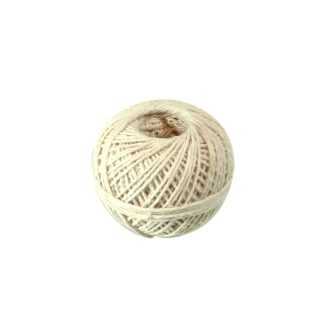 Culinary twineR$ 7,90
Culinary twineR$ 7,90 -
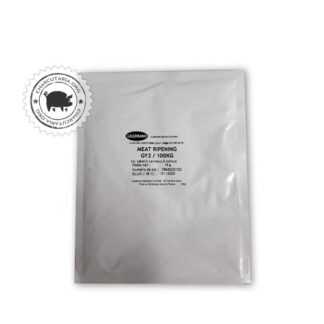 Starter CultureR$ 69,90
Starter CultureR$ 69,90 -
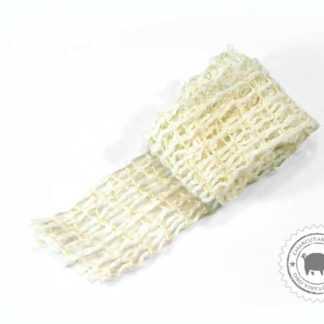 Culinary elastic net 50mmR$ 15,00
Culinary elastic net 50mmR$ 15,00 -
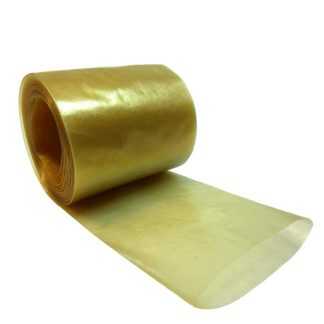 Collagen casing 45mm roll 5 meters salamiR$ 25,00
Collagen casing 45mm roll 5 meters salamiR$ 25,00 -
 Culinary elastic net 65mmR$ 18,00
Culinary elastic net 65mmR$ 18,00 -
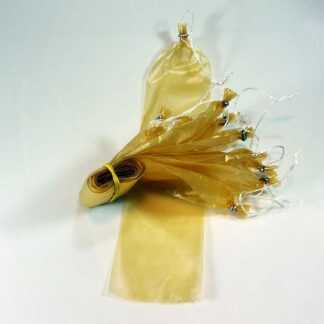 Salami collagen casing 45mm 10 units tiedR$ 22,00
Salami collagen casing 45mm 10 units tiedR$ 22,00 -
 Collagen casing 80mm cup and salamiR$ 29,90
Collagen casing 80mm cup and salamiR$ 29,90 -
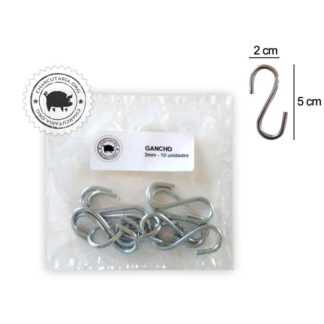 Galvanized HookR$ 12,00
Galvanized HookR$ 12,00 -
 Salami collagen casing 50mm 10 units tiedR$ 24,00
Salami collagen casing 50mm 10 units tiedR$ 24,00

